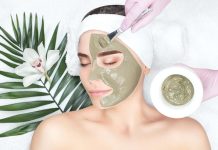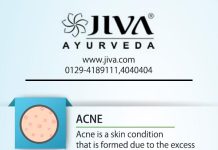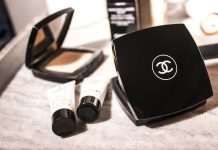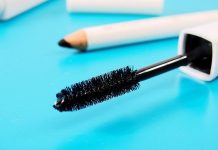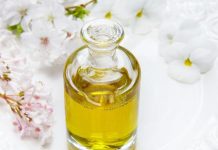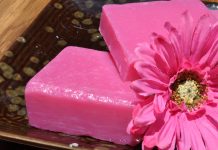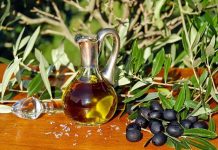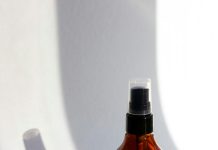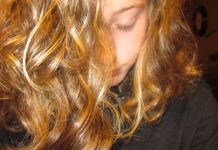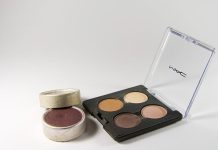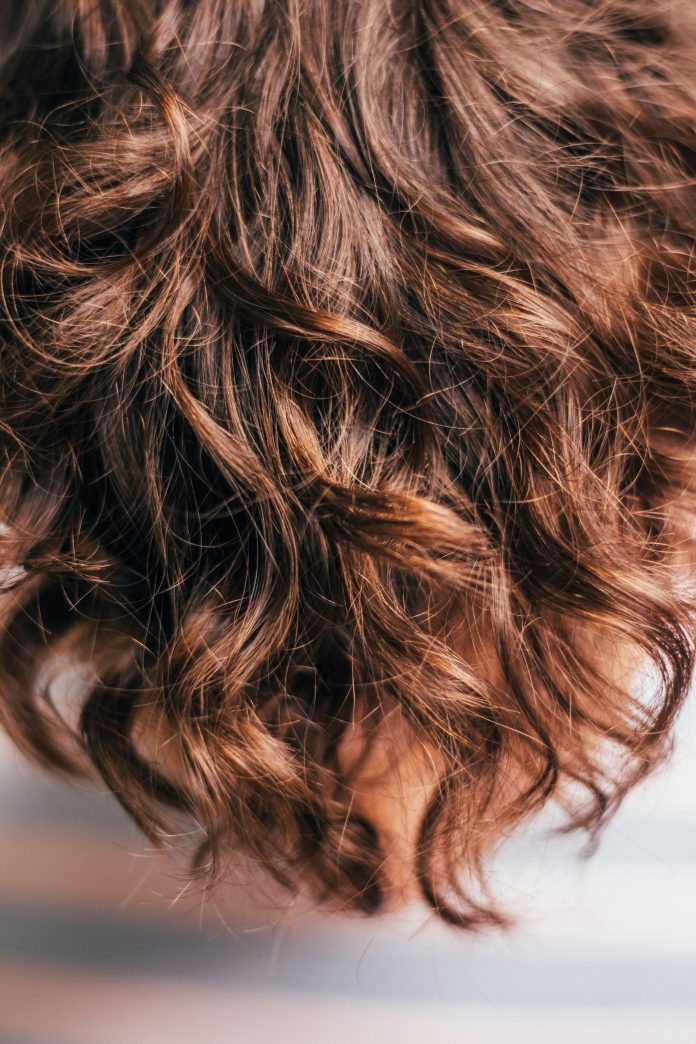In the quest for luscious locks, the beauty aisle offers a dizzying array of hair treatments promising salon-quality results. Yet, a burgeoning trend whispers of a more natural, hands-on approach: DIY hair masks crafted from natural ingredients you already have at home”>pantry staples and nature’s bounty. But do these homemade concoctions hold their own against their store-bought counterparts? As we delve into the world of avocado blends and coconut oil elixirs, we seek to uncover whether the charm of DIY masks lies solely in their simplicity or if they truly rival the efficacy of their commercial peers. Join us as we explore the science and stories behind this hair care conundrum.
Exploring the Science Behind DIY Hair Masks
Delving into the world of DIY hair masks, it’s essential to understand the science that makes them tick. At their core, these homemade concoctions rely on natural ingredients that are rich in vitamins, minerals, and other nutrients. For example, avocado is packed with healthy fats and vitamin E, which can enhance moisture and shine. Honey acts as a humectant, drawing moisture into the hair, while yogurt contains proteins that may help strengthen hair strands.
While these ingredients sound promising, their effectiveness often depends on how well they penetrate the hair shaft. Store-bought treatments usually contain synthesized compounds that are specifically formulated for optimal absorption and targeted results. However, DIY masks can offer a more natural approach and are free from potentially harsh chemicals. Key benefits of DIY masks include:
- Customizable: Tailor the ingredients to meet specific hair needs.
- Cost-effective: Use everyday pantry items to create nourishing treatments.
- Natural ingredients: Avoid synthetic additives found in many commercial products.
Ultimately, the effectiveness of DIY versus store-bought masks can vary based on individual hair types and needs, making it a personal journey of experimentation and discovery.
Comparing Ingredients: Kitchen Staples vs. Lab-Formulated Products
When it comes to DIY hair masks, the ingredients are often familiar kitchen staples like avocado, coconut oil, honey, and yogurt. These natural components are celebrated for their nourishing properties:
- Avocado: Rich in vitamins and healthy fats, it moisturizes and strengthens hair.
- Coconut Oil: Known for its deep conditioning abilities and natural shine enhancement.
- Honey: A natural humectant that helps retain moisture.
- Yogurt: Provides protein and lactic acid for smooth, shiny hair.
On the other hand, store-bought treatments often boast lab-formulated ingredients that promise targeted results. These might include:
- Silicones: For smoothness and frizz control.
- Hydrolyzed Proteins: To repair and strengthen hair.
- Synthetic Humectants: Designed for long-lasting moisture retention.
- Preservatives: To extend shelf life and maintain product efficacy.
While both approaches offer benefits, the choice often depends on personal preference, desired outcomes, and hair type.

Application Techniques: Getting the Most Out of Your Hair Mask
To ensure your hair mask delivers optimal results, it’s essential to apply it correctly. Start with clean, damp hair to allow the nutrients to penetrate deeply. For both DIY and store-bought masks, consider dividing your hair into sections for even distribution. This technique ensures that every strand receives the benefits, from root to tip.
- Use a wide-tooth comb: Gently comb through your hair after applying the mask to prevent tangles and ensure thorough coverage.
- Warm towel wrap: Enhance absorption by wrapping your hair in a warm towel. This step helps to open the hair cuticles, allowing the mask to penetrate more effectively.
- Follow recommended time: Whether DIY or commercial, adhere to the suggested duration on the packaging or recipe. Leaving it on too long can lead to buildup or irritation.
By mastering these application techniques, you can maximize the benefits of your hair mask, ensuring your locks stay luscious and healthy.

Expert Recommendations: Choosing the Right Treatment for Your Hair Type
When it comes to finding the perfect hair treatment, understanding your hair type is crucial. Experts suggest considering the following factors:
- Texture: Fine hair benefits from lightweight treatments like hydrating serums, while coarse hair may need richer, oil-based masks for nourishment.
- Porosity: High porosity hair absorbs moisture quickly, making protein treatments ideal. Low porosity hair thrives with heat-activated masks that help ingredients penetrate.
- Scalp Health: A healthy scalp is the foundation for beautiful hair. Look for treatments with tea tree oil or salicylic acid if you’re dealing with dandruff or oiliness.
Whether you choose a DIY concoction or a store-bought solution, aligning the treatment with your hair’s specific needs can enhance effectiveness and results. Remember, consistency is key!

